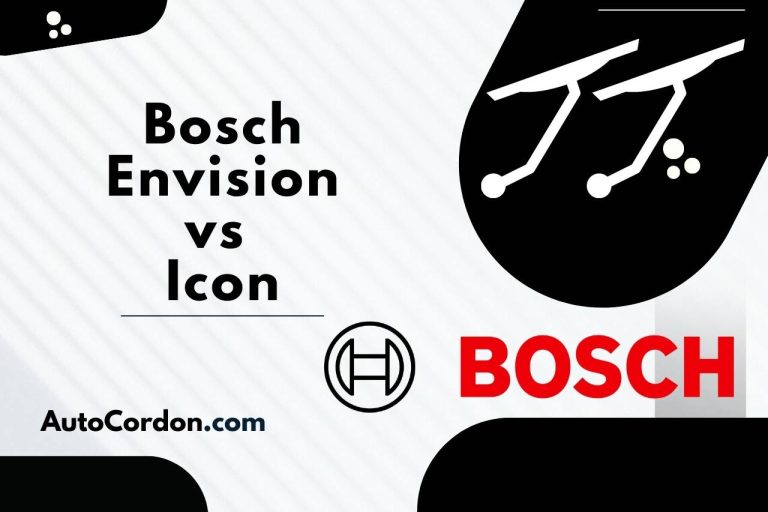Can I Pass Inspection with the ABS Light On? Exploring the Requirements!
ABS Stands for an Anti-Lock Braking system. On a normal braking system, all the wheels will not be locked simultaneously when the brakes are on, which is one of the main reasons a vehicle skids away from its track. ABS prevents this so that it will not slide or roll over.
ABS is a mandatory test in some states in the US for annual inspection. The answer to the “Can I pass inspection with ABS light on? It could differ on the place the vehicle is registered. This article addresses the above question, and understanding how ABS works is vital. The proper working condition of the ABS is very important because it will save lives.
What is an ABS Warning Light?
There are many indication lights on a vehicle dashboard. Most of them all get switched on when the ignition key is turned, showing the indicators are working.
The ABS indicator is one of them. These indicators will get switched off in a few seconds if there are no issues in the system. If the bulb is not switched off or turns on again indicates trouble with a particular System.
When the ABS light is on, it says there is a faulty one in the ABS, which has been shut down. This does not mean that the vehicle has no brakes. The brakes will function without ABS.
What is the Role of the ABS in the Inspection Process?
As said before, ABS is not compulsory in most US states and other countries. There are different rules and regulations in different countries.
Most states/countries have made ABS compulsory for new vehicles. For example, it is compulsory to have ABS on cars manufactured from 2004 in the EU.
The ABS works with sensors to calculate the rotation speed of individual wheels. When there is a change in the wheel rotation, the ABS and the level of the unbalanced wheels will be activated. This will happen again and again to stop the vehicle.
Compulsory or not, it is vital to know what ABS does and Why the ABS indicator is on. There are some reasons why the ABS indicator is on.
- A Blown Fuse in the ABS Wiring
- Faulty ABS Wheel Sensor
- Damaged ABS Wheel Sensor Wiring
- Damaged ABS Reluctor Ring
- Faulty ABS Control Unit
Though most of these repairs are minor, they will cause the whole system not to respond as expected.
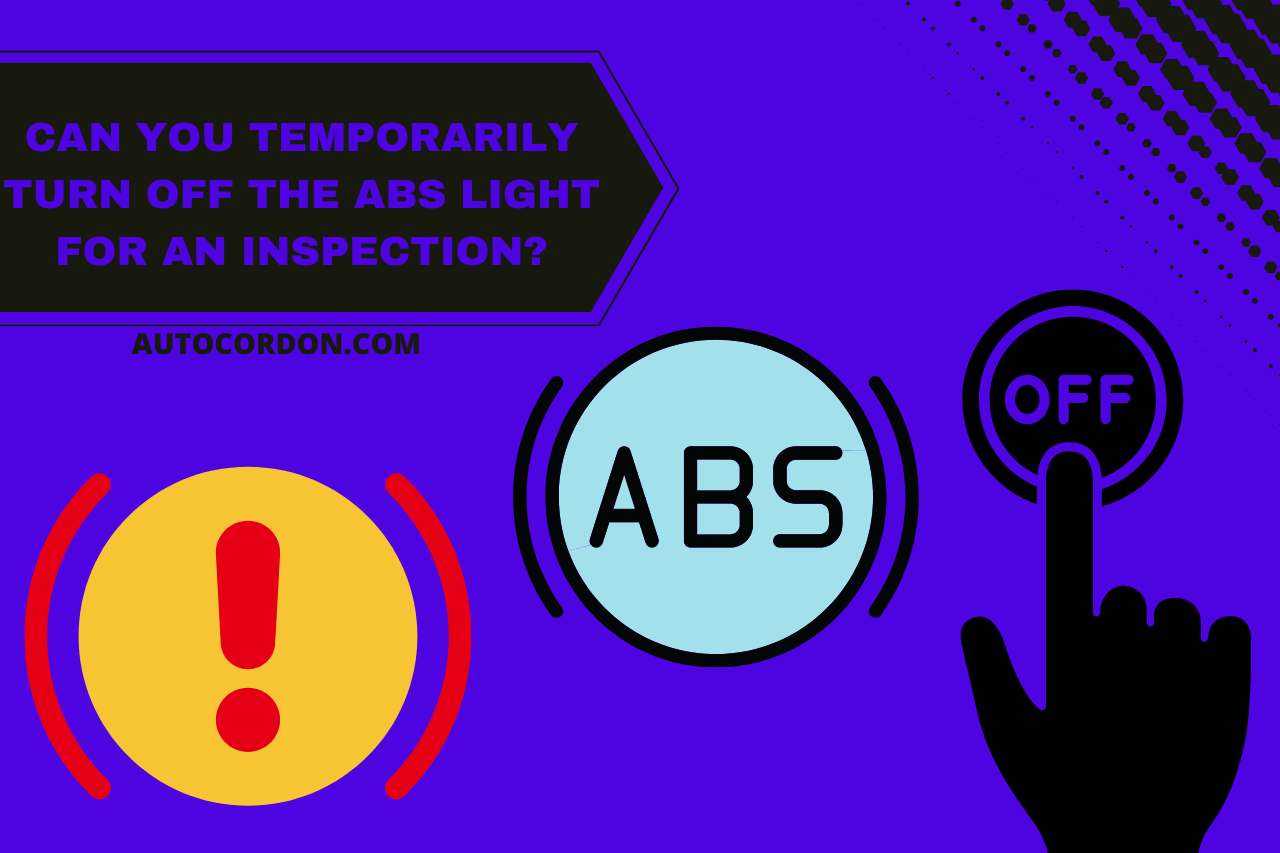
Can you Temporarily Turn Off the ABS Light for an Inspection?
The ABS light cannot be temporarily disabled because it should turn on when the engine starts (when running diagnostics) to show that the system is working and then be turned off to indicate no errors. Turning off the light indicates that the ABS is not working at all.
ABS is not another value addition to the vehicle. The system has been designed and implemented not only for the safety of the vehicle’s passengers but for the safety of others.
Even if it is possible to pass the inspection by any other means, one should always try to attend to the repair and, by doing so, not put yourself and others in danger. And sometimes, it will be cheaper to fix the ABS rather than try to cheat the test.
What Could an ABS Warning Light Mean?
Like any other indicator light, the ABS indicator gives different meanings according to when it lights up.
- When the Ignition Key is Turned On – Illuminated for a couple of seconds, the switched-off indicates that ABS is in working condition.
- When the Engine is Started – If the indicator bulb does not get switched off, even if the other indicators are switched off. This indicates that there is something wrong with the ABS.
- When Braking While Driving – If the indicator Illuminants when hard braking is done indicates that the ABS active during the brake. If this happens frequently, it should be reported to your service station. If there are no troubles with the wheels, a change of driving method should be considered.
- The reasons for the ABS indicator to display errors could be simple (blown up fuse) to complex, like adding a new control unit. In an earlier chapter, we have given the reason for the indicator to be continuously switched on.
Will a Car Pass Inspection When the ABS Light is On?
A car passing the inspection when the ABS light is on depends on the rules and regulations given by the authorities.
There are places where ABS is not taken into consideration. But in most places, new cars manufactured in recent years require fixing ABS., which means they should be in working condition for inspection.
The illuminated ABS light indicates that ABS is not working. This means the car will not pass the test, and usually, 15 days will be given to fix the error and report back, and sometimes a penalty.
If the ABS fuse is removed, it will display as a fault in the wiring. The best scenario to overcome the ABS issue is to repair the parts involved.
As stated earlier, the reasons for the illuminated ABS indicator could be the following.
- A Blown Fuse in the ABS Wiring
- Faulty ABS Wheel Sensor
- Damaged ABS Wheel Sensor Wiring
- Damaged ABS Reluctor Ring
- Faulty ABS Control Unit
Can the ABS Light be on Cause an Inspection Failure?
An ABS light indicator can cause inspection failure, as it shows that the ABS is not working. Depending on the rules and regulations given by the authorities, it could be treated as a test failure. The reason for the inspection is for the safety of the passengers and the others on the road. Usually, this inspection comes in two parts.
- Emission Test – usually checks the exhaust gasses for polluting effects.
- Safety Test – This test usually covers all the safety features to ensure that the vehicle is in good condition for the road and whether it will safeguard the passengers and the others on the road.
A failure in one system usually causes the others relying on it to fail. For example, a fault in the Tire rotation and balance will affect the ABS. Similarly, a fault in the ABS will cause the traction control system to work improperly.
Should you Buy a Car That’s Got an ABS Warning Light Showing?
It is always a risk when buying a used car. Buying a car with ABS light showing is not a good idea. This will have to get rectified within a year before the next inspection.
When purchasing a used vehicle, the following should be considered even if they are irrelevant to this article.
- Vehicle History
- Rust or paint damage
- Frame issues
- Under the hood – Engine, Oil Leaks, cracked hoses and belts, discolouration of oil, fluid leaks
- Tire condition – should be worn evenly
- Mileage and no. of years – usually 20,000 per year
- Upholstery
- Test drive
- Mechanic inspection
- Brake Systems
Watch this one,
Video Credits – Rob Here Trev2323
You May Also Like
- How to Test the ABS Sensor? (Step-by-Step Guide)
- Can a Low Battery Cause the ABS Light to Come On? Let’s Find Out!
- Can a Bad ABS Sensor Cause Vibration? Exploring the Link!
- Can ABS Sensors Cause Transmission Problems? What You Need to Know!

Madusha is a writer for Autocordon.com and a seasoned mechanic with a profound passion for all things automotive, particularly the intricate world of vehicle transmissions. With years of hands-on experience in the garage, Madusha’s expertise extends from routine maintenance to complex repair solutions. In the bustling auto repair community, Madusha is known not only for precision and skill but also for an enthusiast’s zeal for cars that transcends the workshop.

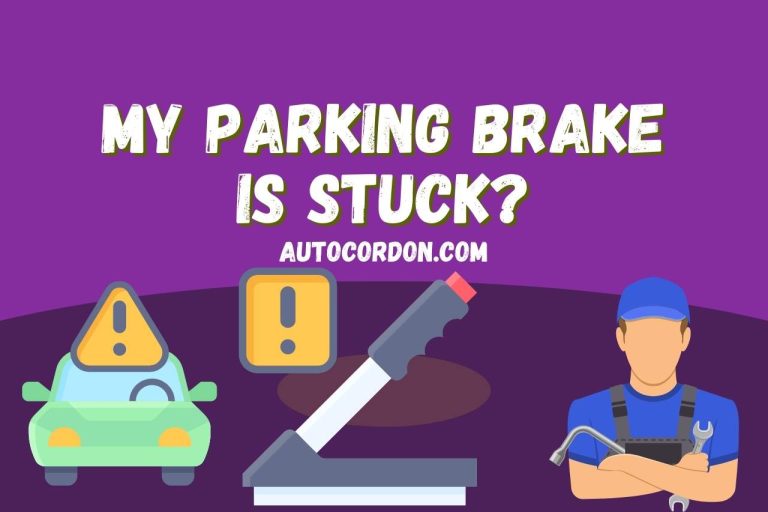
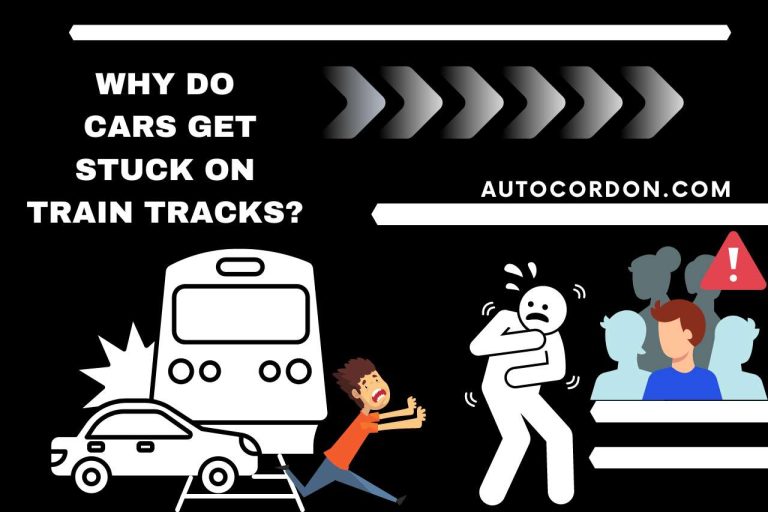
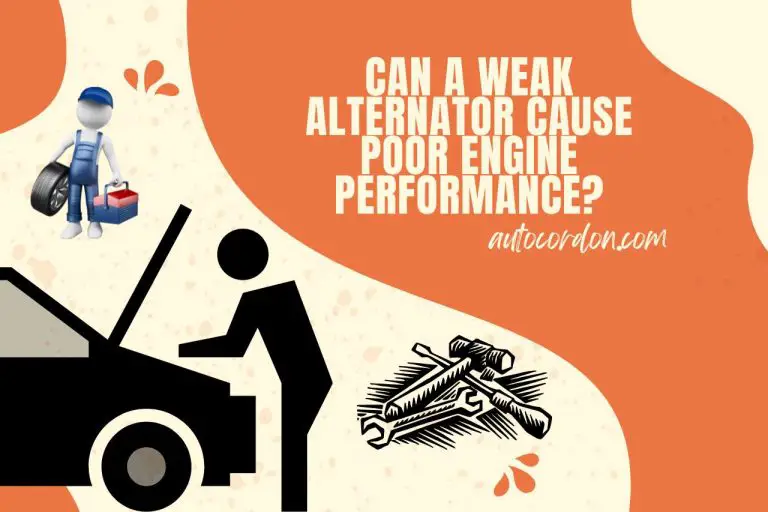
![Why is there Oil in My Air Filter? [Common Reasons]](https://autocordon.com/wp-content/uploads/2023/02/Why-is-there-oil-in-my-air-filter-1-768x512.jpg)
